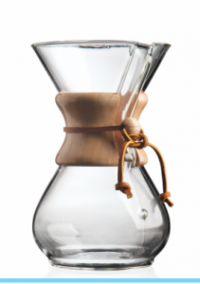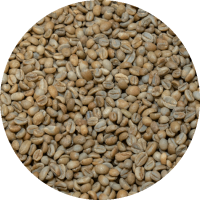Description
A cool new Honey Processed coffee in the Zambia line. Honey coffees (semi-washed) can end up tasting either closer to a Washed Processed or to a Natural processed. More recently farms have adopted a color scale for honey coffees. White and Yellow are closer to a washed processed. Red and Black tend to be closer to a natural processed showing signs of fruitiness and/or ferment.
This offering is pretty close to the washed processed, a hint more chaff and a bit more exotic acidity with more of a medium body, a lovely coffee at most roast points.
The Zambia coffees in general are a milder classic African cup. Good brightness but not over the top like some Ethiopians or Kenyans, chocolaty in their undertones often containing some decent herbal (tea) and spice (pepper). Once you get into Honey and Naturals, it often adds a little to a lot of red fruit overtones. This specific offering being closer to a washed, does not really show much signs of a fruity side but in the Natural processed, they will be the dominate tone.
Tasting Notes: We thought this cup was best between a medium roast to just before 2nd crack roasts. Good bit of citrus crispness with pretty floral aromatics balancing with a bit of bakers chocolate and spice. Similar to the washed processed but a little fuller bodied with a little different acidity. Lighter roasts get very jazzy acidity with strong citric notes but can come off a little earthy, a longer setup helps with light roasts. Dark roasts get even fuller bodied but burn out the more floral tones (low acidity) which balance the cup so nicely, adds in some toasty smoky notes which some will like.
Roasting Notes: A nice and easy honey processed coffee to roast. We recommend shooting for about half way between first and second crack. If you do not like acidity, shoot a little darker. A longer setup really helped this cup especially at the lighter roasts. About day 4 after roasting seemed like the sweet spot.
THE PROCESS
Harvesting is done selectively and by hand. The harvested cherries are then double-handpicked to remove any under or over-ripes prior to pulping. The honey processed coffee uses a dedicated pulper which is pre-flushed to avoid any cross-contamination from other lots. After pulping, the coffee – still retaining its sugary mucilage – is moved immediately to specialized raised African beds with a fine netting conducive to mucilage retention as well as maximum airflow. Shade nets are used to protect against sun damage during the hottest periods of the day. The coffee is carefully raked throughout the day to prevent clumping and over-fermentation, and to ensure a consistent drying process. The honeyed parchment is dried for 9-14 days depending on the ambient conditions, after which it is transported to the dry mill for secondary processing.
THE REGION
The Northern province of Zambia shares its borders with Tanzania to the East and D.R. Congo to the North. It also occupies the southern shore of Lake Tanganyika – the world’s longest fresh-water lake, and the largest in Africa by volume. The Northern province has the best conditions for arabica coffee cultivation in Zambia with its relative proximity to the equator and abundant altitude (Mafinga Hills being the highest point in the country at 2,300masl). The local economy is dominated by agriculture with coffee being a primary cash crop alongside subsistence crops such as maize, millet, groundnuts and beans. The mountainous terrain and lack of transport infrastructure makes this region challenging to work in, but also one most in need of the investment and development which the coffee industry can bring.
Ancient volcanic soils and honey processing help produce the complex flavor profile of this coffee. It is an exploration worthy of the country that is home to the smoke that thunders. Long before Dr. Livingston arrived to name Victoria Falls after the queen, the people who had lived around this wonder of the natural world for generations had already named it more appropriately, “the smoke that thunders.” The falls thunder into the Zambesi River, which flows east toward Mozambique. But before the river crosses the border, take a left and head north up the Luangwa River. You’ll move through land rich in biodiversity, including the world’s largest concentration of hippos. As the river meanders and the altitude rises you will reach Mafinga plateau and Zambia’s largest coffee growing region which stretches all the way to the border with Tanzania.






Reviews
There are no reviews yet.